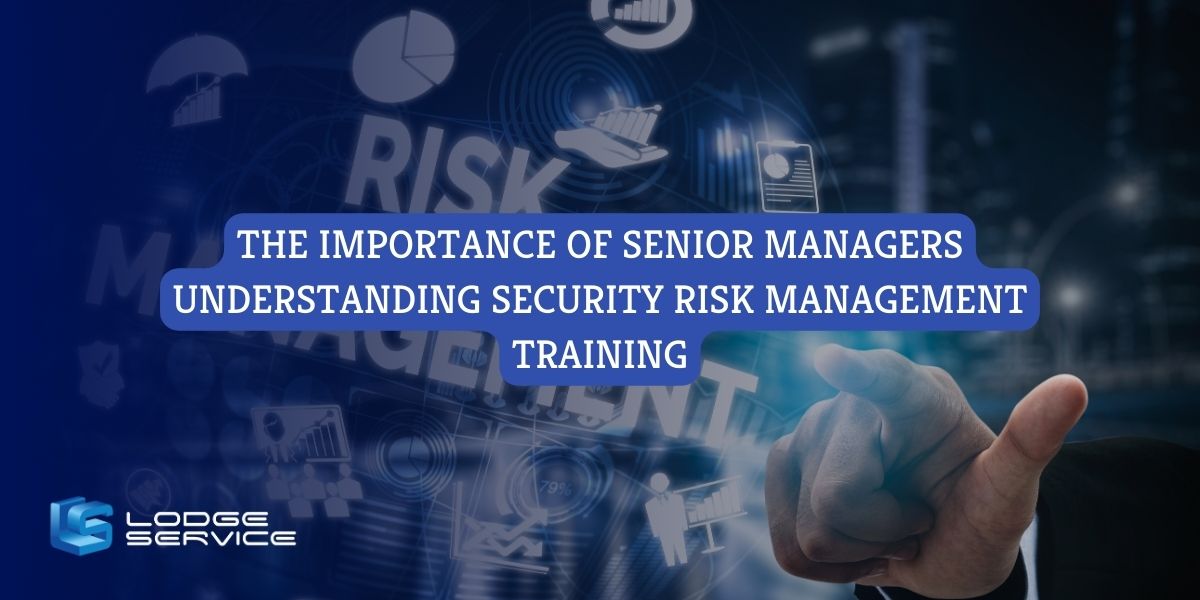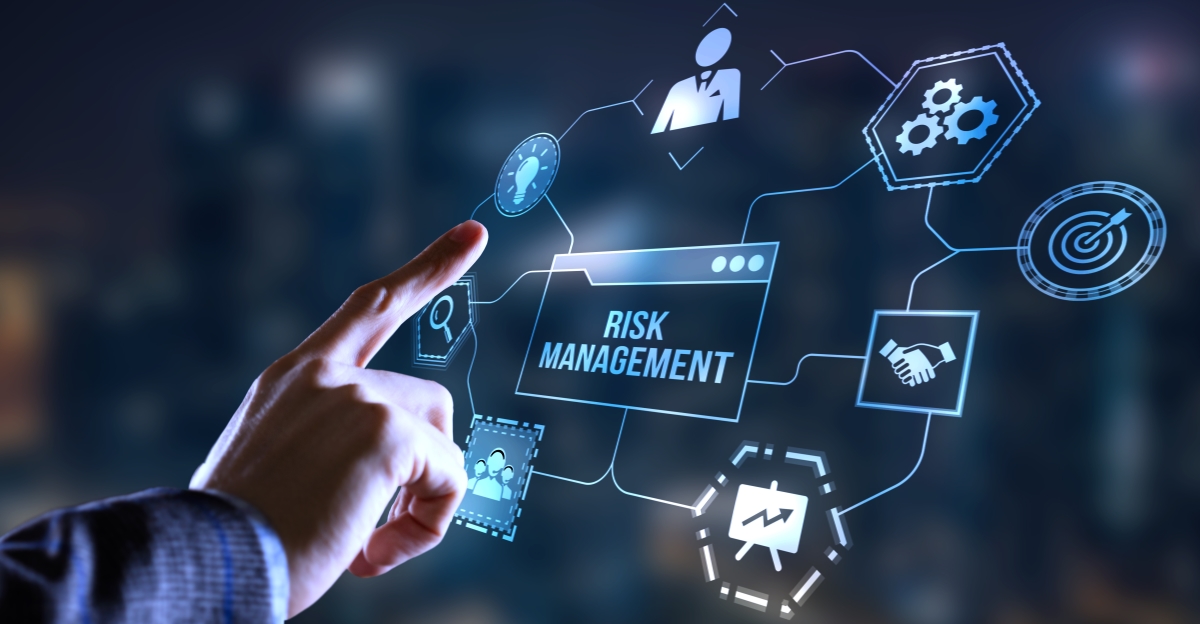The Tactical Importance of Risk Management in Building Business Advantage
The Tactical Importance of Risk Management in Building Business Advantage
Blog Article
Checking out the Relevance of Risk Management for Effective Decision-Making Approaches
In the intricate globe of company, Risk Management arises as a crucial consider the decision-making procedure. The ability to determine possible hazards and chances, and plan accordingly, can mean the distinction between success and failure. With devices such as SWOT and PESTEL, organizations are furnished to make educated selections, cultivating resilience and flexibility in an ever-changing setting. Wondering just how this works? Let's unbox the characteristics even more.
Recognizing the Idea of Risk Management
Risk Management, a critical part in decision-making, is typically misunderstood or oversimplified. Risk Management entails self-displined and organized techniques, utilizing information and insightful evaluations. From economic uncertainties, lawful obligations, tactical Management mistakes, to accidents and natural disasters, it resolves numerous dangers - importance of risk management.
The Role of Risk Management in Decision-Making Processes
In the world of calculated planning and service procedures, Risk Management plays an essential role in decision-making procedures. Risk Management thus becomes an essential tool in decision-making, assisting leaders to make educated choices based on a thorough understanding of the threats involved. Risk Management offers as a crucial component in the decision-making processes of any kind of organization.

Exactly How Risk Management Boosts Strategic Planning
In the context of strategic preparation, Risk Management plays a pivotal duty. Initiating with the recognition of prospective threats, it further reaches the application of Risk mitigation measures. The function of Risk Management is dynamic but not fixed, as it demands constant monitoring and adjusting of techniques.
Determining Possible Dangers

Applying Risk Reduction
Having actually developed the significance of recognizing possible dangers, the following step is to check out Risk mitigation. This procedure involves establishing and implementing approaches to handle identified threats successfully. It is a crucial aspect of strategic preparation as it enhances decision-making by lessening potential adverse results. Risk reduction strategies can vary from Risk avoidance, Risk transfer, to take the chance of decrease. Each method must be tailored to the details Risk, considering its possible influence and the organization's Risk tolerance. Reliable Risk reduction calls for a deep understanding of the Risk landscape great post to read and the possible effect of each Risk. This understanding allows companies to prioritize threats and allot sources successfully, guaranteeing that one of the most significant threats are dealt with initially.
Surveillance and Adjusting Strategies
Though Risk reduction is a critical action in critical planning, continual tracking and change of these approaches is similarly important. This recurring procedure permits organizations to identify new risks and reassess existing ones, guaranteeing the carried out strategies stay effective in the ever-changing company environment. It likewise offers an opportunity to evaluate the success of the Risk Management actions, allowing adjustments to be made where needed, more boosting tactical planning. Effective surveillance and modification call for using analytics and key efficiency signs (KPIs) to measure efficiency. These tools provide beneficial data-driven understandings that can inform calculated decision-making. For that reason, surveillance and changing Risk Management methods is a critical part for boosting an organization's resilience and calculated planning.
Situation Researches: Effective Risk Management and Decision-Making
In the world of service and financing, effective Risk Management and decision-making typically offer as the pillars of flourishing business. One such entity is a multinational oil company that mitigated monetary loss by hedging against varying oil rates. In another instance, a tech startup flourished by recognizing and approving high-risk, high-reward techniques in an unstable market. A global financial institution, confronted with regulative unpredictabilities, efficiently navigated the scenario via aggressive Risk analysis and dynamic decision-making. These instances highlight the value of sharp Risk Management in decision-making processes. It is not the lack of Risk, yet the Management of it, that commonly separates successful firms from unsuccessful ones. These cases underscore the essential duty of Risk Management in calculated decision-making. importance of risk management.
Devices and Techniques for Effective Risk Management
Navigating the detailed labyrinth of Risk Management needs the best set of you can try here tools and techniques. These devices, such as Risk signs up and heat maps, aid in identifying and assessing possible threats. Techniques include both measurable approaches, like sensitivity analysis, and qualitative methods, such as SWOT analysis. These aid in focusing on dangers based upon their prospective impact and chance. Risk response techniques, a vital part of Risk Management, include approving, staying clear of, transferring, or mitigating dangers. Monitoring and regulating risks, via routine audits and evaluations, make certain that the methods continue to be reliable. With these strategies and devices, decision-makers can navigate the complex landscape of Risk Management, therefore promoting informed and reliable decision-making.
Future Patterns in Risk Management and Decision-Making Techniques
As we discover the large landscape of Risk Management, it becomes evident that the methods and devices used today will certainly proceed to develop. The idea of Risk culture, where every participant of a company is mindful and involved in Risk Management, will obtain a lot more prestige. These fads advertise an even more aggressive and inclusive method towards Risk Management and decision-making.
Verdict

Risk Management hence comes to be a vital tool in decision-making, helping leaders to make enlightened options based on a detailed understanding of the threats involved. Risk reduction approaches can range from Risk evasion, Risk transfer, to take the chance of reduction (importance of risk management). Reliable Risk reduction needs a deep understanding of the Risk landscape and the possible impact of each Risk. Risk reaction approaches, a vital part of Risk Management, include approving, avoiding, transferring, or mitigating dangers. The concept of Risk society, where every participant of an organization is conscious and involved in Risk Management, will certainly obtain much more importance
Report this page